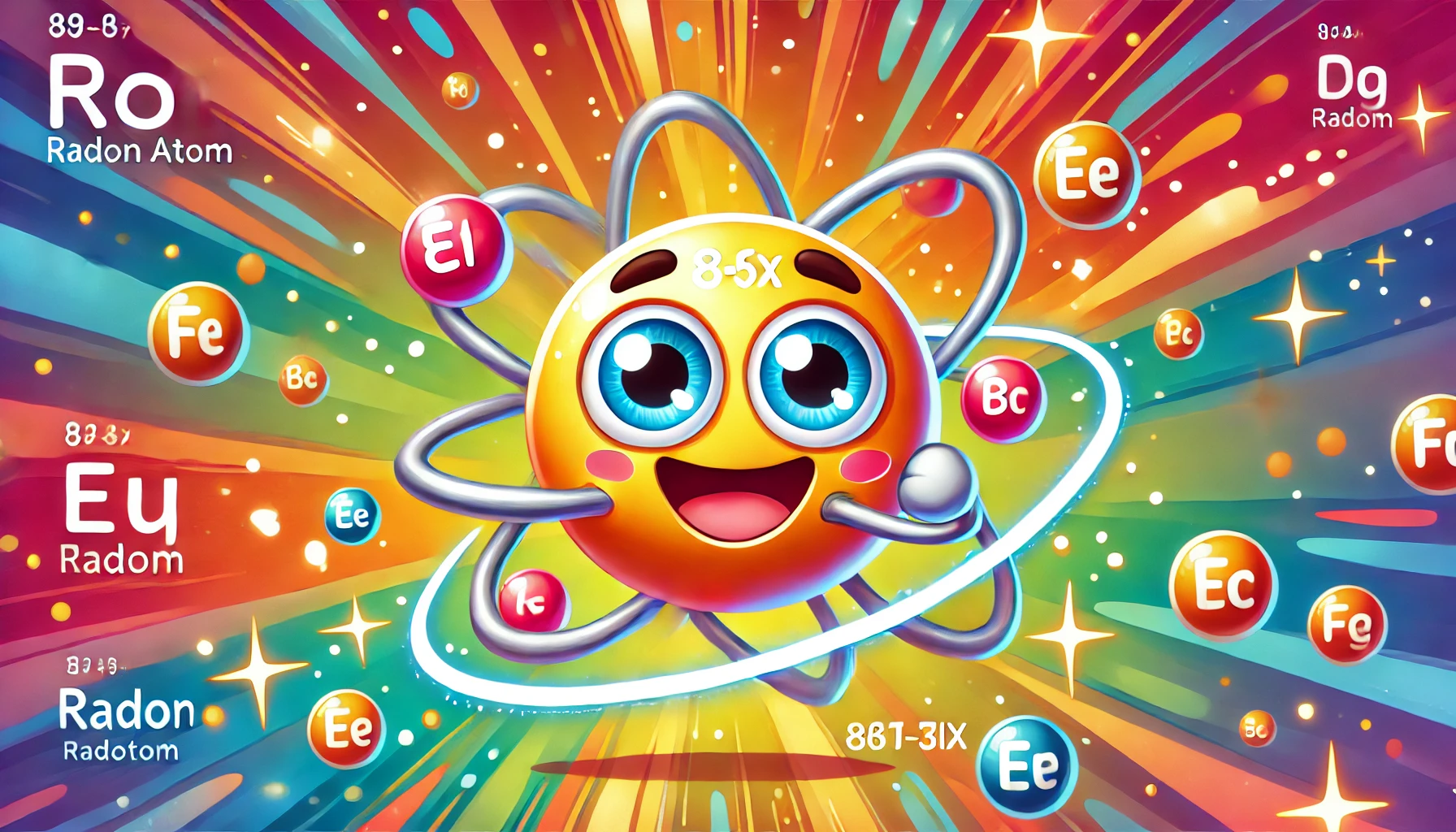Understanding Radon: Health Risks and Mitigation Strategies
Understanding Radon: Health Risks and Mitigation Strategies
Table of Contents
- Introduction to Radon
- Properties of Radon
- Sources of Radon
- Health Risks of Radon Exposure
- Testing for Radon
- Mitigation Strategies for Radon
- Ventilation Improvements
- Sealing Cracks and Openings
- Radon Reduction Systems
- Prevention Tips for Radon Exposure
- Conclusion
- References
Understanding Radon: Health Risks and Mitigation Strategies
Introduction to Radon Radon is a colorless, odorless, radioactive gas that occurs naturally as a decay product of uranium in soil, rock, and water. It can accumulate in buildings, particularly in confined areas such as basements and crawl spaces. Understanding radon, its health risks, and mitigation strategies is essential for protecting your home and family from this invisible threat.
Properties of Radon Radon (Rn) is a noble gas with the atomic number 86. It is one of the heaviest gases and is chemically inert, meaning it does not easily react with other substances. Radon is produced during the radioactive decay of uranium, thorium, and radium, which are naturally present in the Earth’s crust.
Physical Properties
- Color and Odor: Radon is colorless and odorless.
- Density: Radon is much denser than air.
- Solubility: It is soluble in water and can be found in groundwater.
Radioactive Properties
- Decay Products: Radon decays into a series of radioactive elements, including polonium, lead, and bismuth, known as radon progeny or daughters.
- Half-Life: Radon-222, the most stable isotope, has a half-life of about 3.8 days.
Sources of Radon Radon can enter homes and buildings through various pathways:
- Soil and Rock: Radon gas can seep through cracks and openings in foundations, floors, and walls.
- Groundwater: Radon can dissolve in groundwater and be released into the air when water is used for showering or other household activities.
- Building Materials: Certain building materials, such as granite and concrete, can emit radon.
Health Risks of Radon Exposure Radon exposure is a significant health risk, primarily because it is a leading cause of lung cancer among non-smokers.
Lung Cancer
- Inhalation: When radon gas is inhaled, the radioactive particles can damage the cells lining the lungs.
- Increased Risk: Long-term exposure to high levels of radon significantly increases the risk of developing lung cancer. The risk is even higher for smokers.
Other Health Effects
While lung cancer is the primary health concern, exposure to high levels of radon over long periods can also lead to other respiratory issues and general health deterioration.
Testing for Radon Testing is the only way to know if your home has elevated radon levels. There are two main types of radon tests:
Short-Term Tests
- Duration: Typically 2-7 days.
- Types: Activated charcoal detectors, electret ion chambers, and continuous radon monitors.
- Use: Ideal for initial screening.
Long-Term Tests
- Duration: 3 months to 1 year.
- Types: Alpha track detectors and electret ion chambers.
- Use: Provide a more accurate representation of average radon levels over time.
Mitigation Strategies for Radon If radon levels in your home are above the EPA’s action level of 4 picocuries per liter (pCi/L), mitigation measures should be implemented:
Ventilation Improvements
- Increase Airflow: Improve ventilation in basements and crawl spaces to reduce radon concentrations.
- Heat Recovery Ventilation (HRV): Install HRV systems to increase air exchange without losing energy efficiency.
Sealing Cracks and Openings
- Seal Entry Points: Use caulking and other sealants to close gaps and cracks in floors, walls, and foundations.
- Foundation Repairs: Address structural issues that may allow radon entry.
Radon Reduction Systems
- Sub-Slab Depressurization: A system that uses a fan and piping to draw radon from beneath the foundation and vent it outside.
- Drain-Tile Suction: Utilizes existing drain tiles to vent radon.
- Sump-Hole Suction: Covers the sump pit with a sealed lid and vents radon outside.
- Block-Wall Suction: Applied to homes with hollow block walls to reduce radon levels.
Prevention Tips for Radon Exposure Implementing prevention measures can help minimize radon exposure in your home:
- Regular Testing: Test your home for radon every 2-5 years and after major renovations.
- Professional Assessment: Hire certified radon mitigation professionals to assess and address radon issues.
- Home Maintenance: Keep your home well-maintained to prevent radon entry through structural defects.
- New Construction: Use radon-resistant construction techniques for new buildings, including gas-permeable layers, plastic sheeting, and vent pipes.
Conclusion Understanding radon and its associated health risks is crucial for protecting your home and family. By regularly testing for radon and implementing effective mitigation strategies, you can significantly reduce the risk of exposure and ensure a safer living environment.

<ⓒ WizardMedics (wizardmedics.com)>






